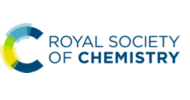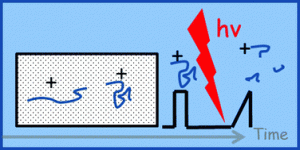PCCP is pleased to support the 2016 edition of the European Winter School on Physical Organic Chemistry (E-WISPOC 2016), due to take place in Bressanone (Italy) on January 31 – February 6, 2016. The School, which is part of the cultural initiatives of the Organic Division of the Italian Chemical Society, is open to PhD students and post-docs and will be held at Gruener Baum Hotel, where lecturers and students will be also accommodated in a friendly environment.
Confirmed lecturers are
- Francesco Zerbetto – Theoretical and computational chemistry (University of Bologna)
- Maria Ramos – Computational biochemistry (University of Porto – PT)
- Maria Minunni – Surface plasmon resonance (University of Firenze)
- Chris Hunter – Physical organic chemistry and biomolecular interactions (University of Cambridge – UK)
- Bart Ravoo – Biological and supramolecular system(University of Muenster – DE)
- Jurrian Huskens – Biomolecular adhesion and tissue engineering (University of Twente – NL)
- Alessandro Casnati – Bioorganic and supramolecular chemistry (University of Parma)
- Annemieke Madder – ERC starting grants (University of Ghent – BE)
- Stuart Cantrill (Chief editor Nature Chemistry)
- Furio Suggi Liverani (Chief technology officer, Illycaffè S.p.A., Trieste)
- Zoltan Takats – Ambient mass spectrometry (Imperial College London – UK)
- Luisa De Cola (ISIS, Strasbourg – FR)
For information visit the E-WISPOC website: www.chimica.unipd.it/wispoc or write to: wispoc.chimica@unipd.it – Fellowships are available for young participants.













